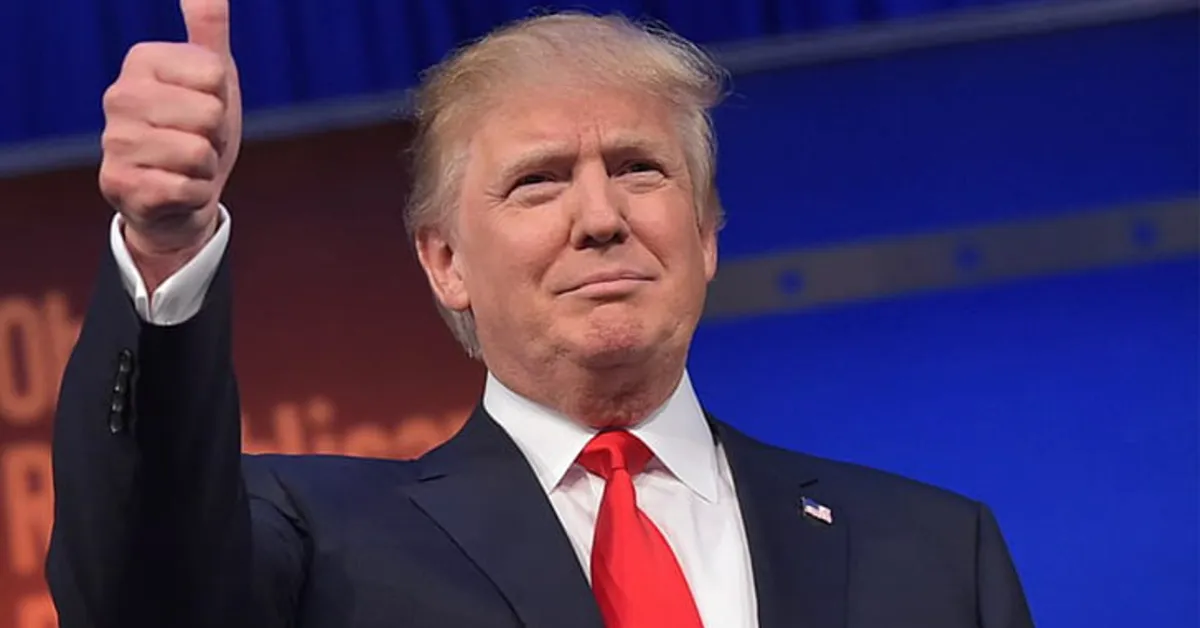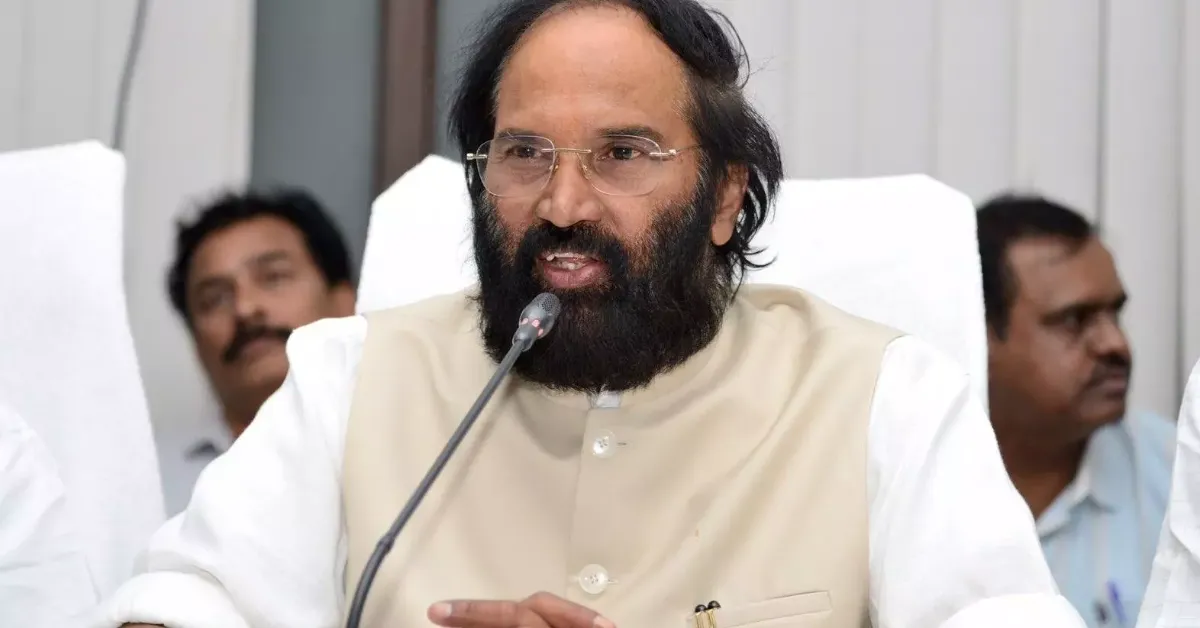Former U.S. President Donald Trump has reignited global trade tensions with his recent decision to impose new tariffs on countries that do not maintain favorable trade agreements with the United States. The move, part of his revived “America First” strategy, includes a 10% baseline import tariff on all goods, with higher tariffs targeting specific countries such as India, Brazil, and China. The policy, dubbed the “Liberation Day Tariffs”, officially began implementation in April 2025 and is set to expand starting August 1, 2025.
One of the most controversial aspects of Trump’s tariff plan is the 25% tariff on Indian exports, which he claims is necessary due to India’s growing trade relationship with Russia and its alleged "unfair subsidies" in key sectors like pharmaceuticals and steel. The Indian government has strongly criticized the move, warning it may impact drug exports to the U.S., potentially leading to shortages and rising healthcare costs in America.
Meanwhile, Mexico, a major trading partner under the USMCA (United States-Mexico-Canada Agreement), has been granted a 90-day extension before harsher tariffs take effect. During this window, Mexico is expected to negotiate terms with the U.S. or face increased tariffs on vehicles and metals. Trump’s team claims the decision was meant to give Mexico a "fair chance" to resolve trade imbalances.
Brazil, on the other hand, faces a harsh 50% tariff on several of its key exports, excluding only a few items like orange juice and Brazil nuts. The Brazilian government called the measure "economically aggressive" and stated it would explore retaliatory tariffs on American goods.
South Korea was able to avoid steep tariffs by reaching a last-minute trade agreement with the United States, agreeing to invest heavily in American manufacturing and defense contracts. This deal has reduced their proposed tariffs to 15%, showcasing Trump’s willingness to use tariffs as a bargaining tool rather than a blanket measure.
The broader impact of these tariffs is already being felt in global markets. Stock indices in Asia and Europe experienced a noticeable dip in April and again in July, as uncertainty looms over supply chains and inflation. The 2025 stock market crash in April was largely attributed to investor fears surrounding the Liberation Day tariff announcement.
Adding further complexity, the legality of Trump’s tariff regime is under question. A federal trade court in May 2025 ruled that the tariffs exceed presidential authority under the International Emergency Economic Powers Act (IEEPA). However, enforcement has not yet been halted, as the ruling is under appeal and could ultimately reach the U.S. Supreme Court.
As of now, more than 40 countries are affected by the new tariff structure, and many are scrambling to either negotiate with the U.S. or find alternative markets. Analysts warn that these tariffs could lead to a wave of protectionism worldwide, reversing decades of globalization.
Trump’s policy, while popular among his political base, is being criticized by economists and world leaders as a “trade war by another name.” Whether these tariffs lead to stronger U.S. economic positioning or trigger a deeper global recession remains to be seen in the coming months.















